
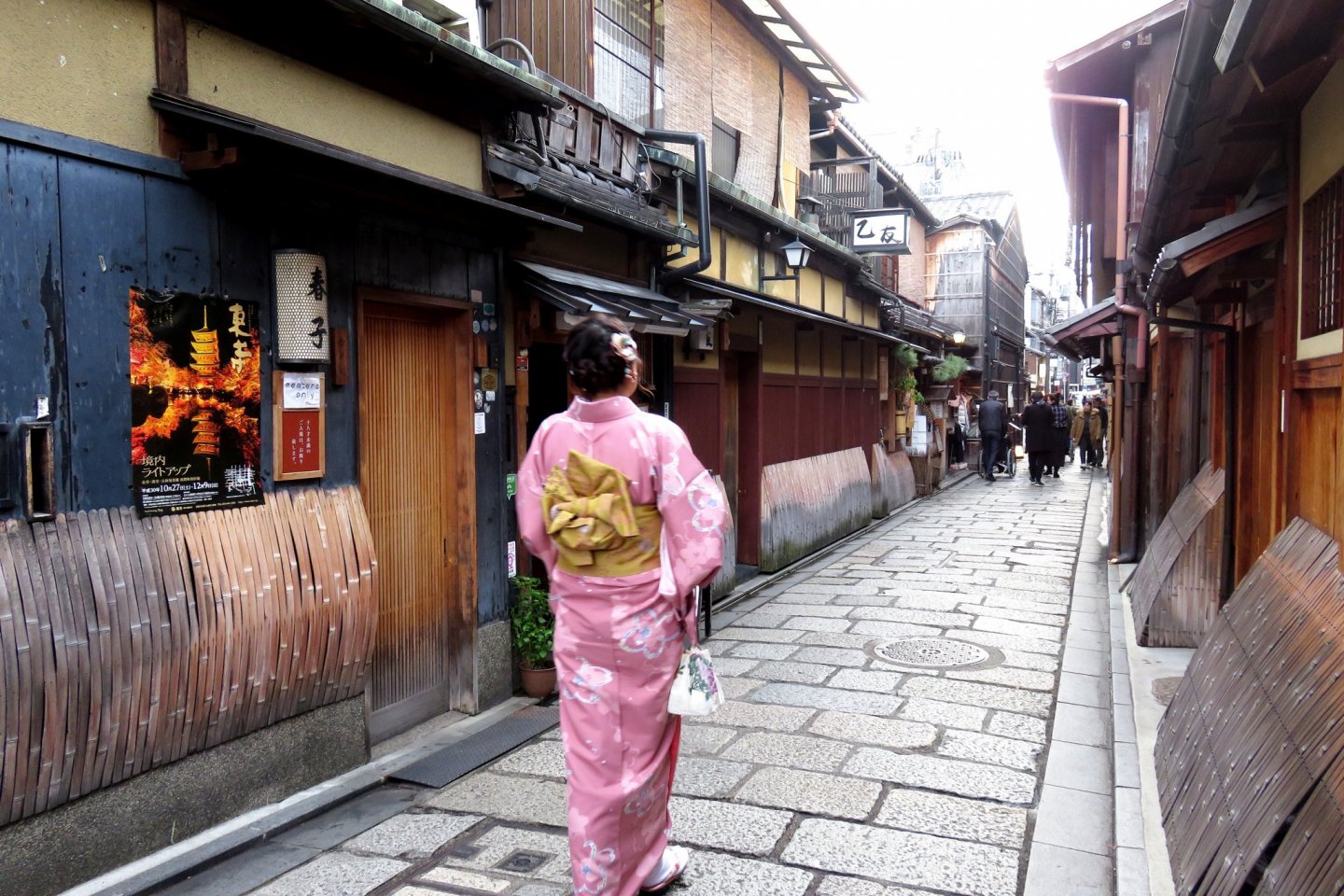
Gion
Culture, tradition and geisha in Old Kyoto
Things to do in Gion

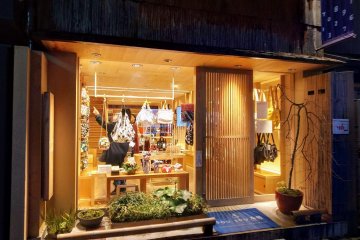

Upcoming Gion Events

Kodai-ji Autumn Illumination 2025
Formally known as Kodaijusho-zenji Temple and located in the Higashiyama Mountains of eastern Kyoto, Kodai-ji Temple was established..

Karuta Hajime Ceremony 2026
At New Year in Japan's former capital of Kyoto, Karuta Hajime is an annual event where a popular traditional card game is played..

Ebisu Festival in Kyoto 2026
Held at Yasaka Shrine in Japan's former capital Kyoto, the Ebisu Festival is Kyoto's first festival of the New Year, dedicated..
Where to eat in Gion

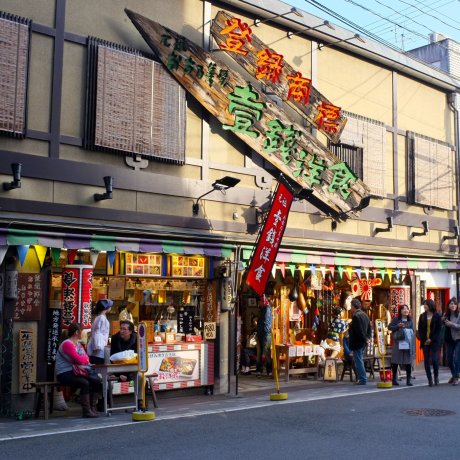
Taste the Famous Issen Yoshoku
Irma SyahriarKyoto is famous for a lot of things. But when it comes to food, Issen Yoshoku is one recommended dish that you should not miss.
 14
14
Mikaku Beef Restaurant
Takako SakamotoMikaku on Shirakawa street only serves premium wagyu beef, all hand cut on cleavers only. The restaurant has a great, romantic atmosphere..
Places to stay in Gion

Hotel SOWAKA
Japan TravelEnjoy a luxury getaway at Hotel SOWAKA, tucked away in Kyoto's Gion district just moments away from Yasaka Shrine.
 17
17
Sasarindo
Elena LisinaComfortable hotel with spa bath in a room and free breakfast, in the center of Kyoto.
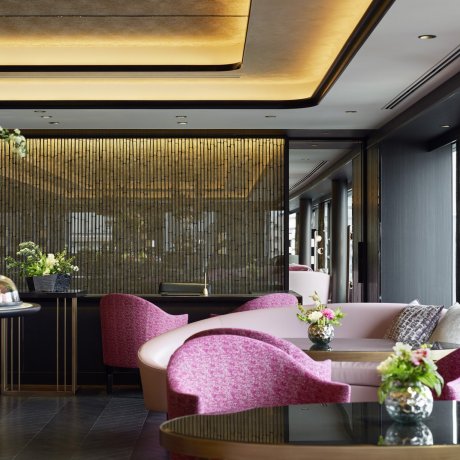
Fauchon Hotel
Caleb CelloFrench gastronomic fashion brand Fauchon takes the limelight as it showcases its new hotel in Kyoto.
Latest Gion Reports

Shijo Kawaramachi Onsen Hotel
Caleb CelloTake in the panoramic views of Kyoto from an infinity hot spring bath on the rooftop of this unique hotel.
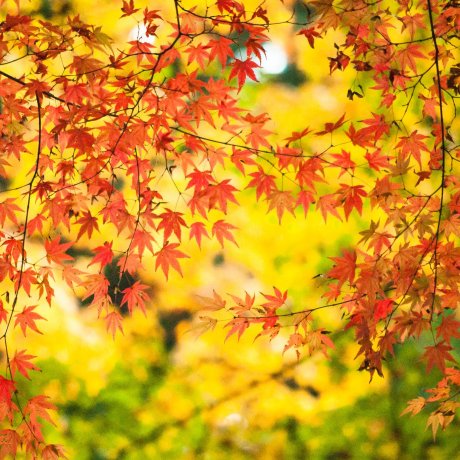
Autumn in Kyoto
Serena OgawaEver wonder what the best time to visit Kyoto is? Wonder no more! Autumn is upon us and with it comes Kyoto's loveliest season...

The Ryozens of Kyoto
Arlene BastionThe large statue of Ryozen Kannon looms over moving war memorials, and graves at Ryozen Gokoku hold war dead and those who died..
























